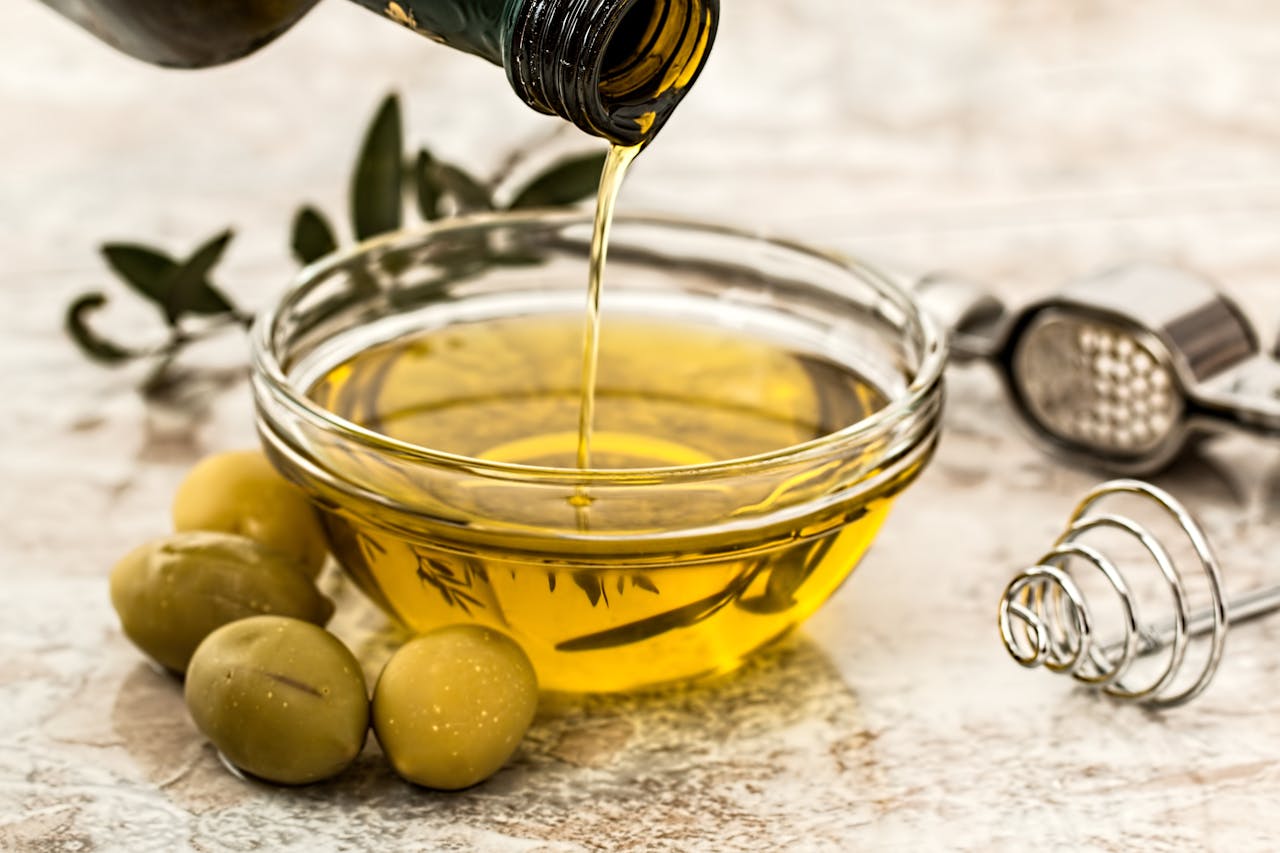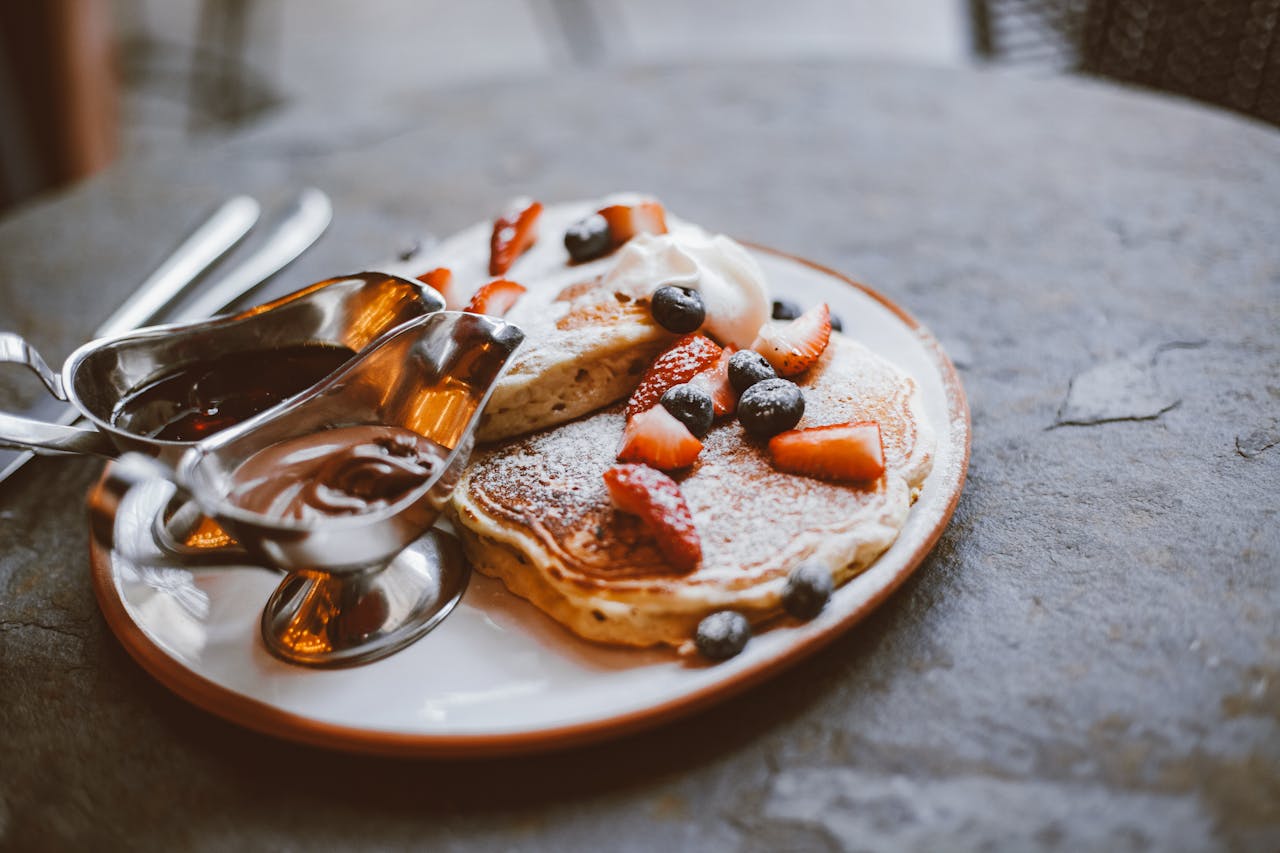Have you ever picked up a product at the grocery store, only to realize later that it wasn’t quite what you thought? You’re not alone. Grocery aisles are filled with items that look familiar but are often labeled in ways that can be misleading. This isn’t just a minor annoyance—it can impact your health, your wallet, and your trust in brands. Mislabeled products can make it harder to shop smart, especially if you’re trying to eat healthier, avoid allergens, or stick to a budget. Understanding which items are most commonly mislabeled on purpose can help you make more informed choices and avoid falling for marketing tricks. Let’s break down seven popular grocery items that keep getting mislabeled, and what you can do to shop with confidence.

1. Olive Oil
Olive oil is a staple in many kitchens, but it’s also one of the most frequently mislabeled grocery items. Many bottles labeled as “extra virgin olive oil” are actually blends of lower-quality oils or even other types of vegetable oil. This mislabeling is so widespread that studies have found up to 80% of imported “extra virgin” olive oils in the U.S. don’t meet the standards for that label. To avoid being duped, look for bottles with a harvest date and a certification seal from reputable organizations, such as the North American Olive Oil Association, and purchase from trusted brands. If the price seems too good to be true, it probably is.
2. Honey
Honey is another grocery item that’s often not what it seems. Many jars labeled as “pure honey” are actually diluted with corn syrup or other sweeteners. Some even contain little to no real honey at all. This is a big deal for people who want the health benefits of real honey or are trying to avoid added sugars. To make sure you’re getting the real thing, check the ingredient list for anything other than honey, and consider buying from local beekeepers or trusted sources. The FDA has issued warnings about honey fraud, so it’s a real concern.
3. Seafood
Seafood mislabeling is rampant, particularly with popular fish species such as red snapper, tuna, and wild-caught salmon. Studies have shown that up to one-third of seafood sold in the U.S. is mislabeled, often substituting cheaper or farmed fish for more expensive wild varieties. This can have serious health and environmental consequences, as some substituted fish may contain higher levels of mercury or come from unsustainable sources. When buying seafood, ask questions at the counter, look for third-party certifications, and consider shopping at stores with a reputation for transparency.
4. Parmesan Cheese
That shaker of “Parmesan cheese” in your fridge might not be what you think. Many grated Parmesan products contain fillers like cellulose (a plant fiber) and sometimes even other types of cheese. In some cases, there’s very little actual Parmesan in the mix. Authentic Parmesan, also known as Parmigiano-Reggiano, is strictly regulated and originates from a specific region in Italy. For the genuine product, look for the Parmigiano-Reggiano stamp on the rind and opt for pre-grated options with caution. Grating your own cheese may cost a bit more, but you’ll know exactly what you’re getting.

5. Maple Syrup
Maple syrup is another grocery item that’s often mislabeled. Many bottles labeled as “maple syrup” are actually made from corn syrup with artificial flavoring and coloring. Real maple syrup is made from the sap of maple trees and has a distinct, rich flavor. To avoid purchasing a fake, check the label for “100% pure maple syrup” and steer clear of products with added ingredients. Real maple syrup is more expensive, but a little goes a long way, and you’ll get the taste and benefits you’re paying for.
6. Fruit Juice
Fruit juice labels can be especially tricky. Many products labeled as “100% juice” are actually blends of cheaper juices like apple or grape, with only a small percentage of the advertised fruit. Some juices are also loaded with added sugars or artificial flavors. To make sure you’re getting what you want, read the ingredient list carefully and look for juices that list the fruit you want as the first ingredient. If you’re looking for pure juice, consider squeezing your own or buying from brands that specialize in single-ingredient juices.
7. Whole Grain Products
Whole grain claims are everywhere, but not all products labeled as “whole grain” are created equal. Some breads, crackers, and cereals use just a small amount of whole grain flour mixed with refined flour, yet still market themselves as healthy options. To spot the real thing, look for “100% whole grain” on the label and check that whole grains are listed as the first ingredient. Don’t be fooled by brown coloring or vague claims—read the fine print to make sure you’re getting the fiber and nutrients you expect.
Shop Smarter: How to Outsmart Mislabeled Grocery Items
Mislabeled grocery items are more than just a nuisance—they can affect your health, your budget, and your trust in the food system. By learning which products are most often mislabeled and how to identify the signs, you can make more informed choices every time you shop. Always read ingredient lists, look for certifications, and don’t hesitate to ask questions at the store. The more informed you are, the less likely you’ll fall for misleading labels.
Have you ever been surprised by a mislabeled grocery item? Share your story or tips in the comments below!
Read More
10 Ways Organic Labels Can Be Misleading at the Grocery Store
Grocery Chains Sued for Mislabeling: How Trustworthy Are Your Food Labels?
The post 7 Popular Items That Keep Getting Mislabeled on Purpose appeared first on Grocery Coupon Guide.







